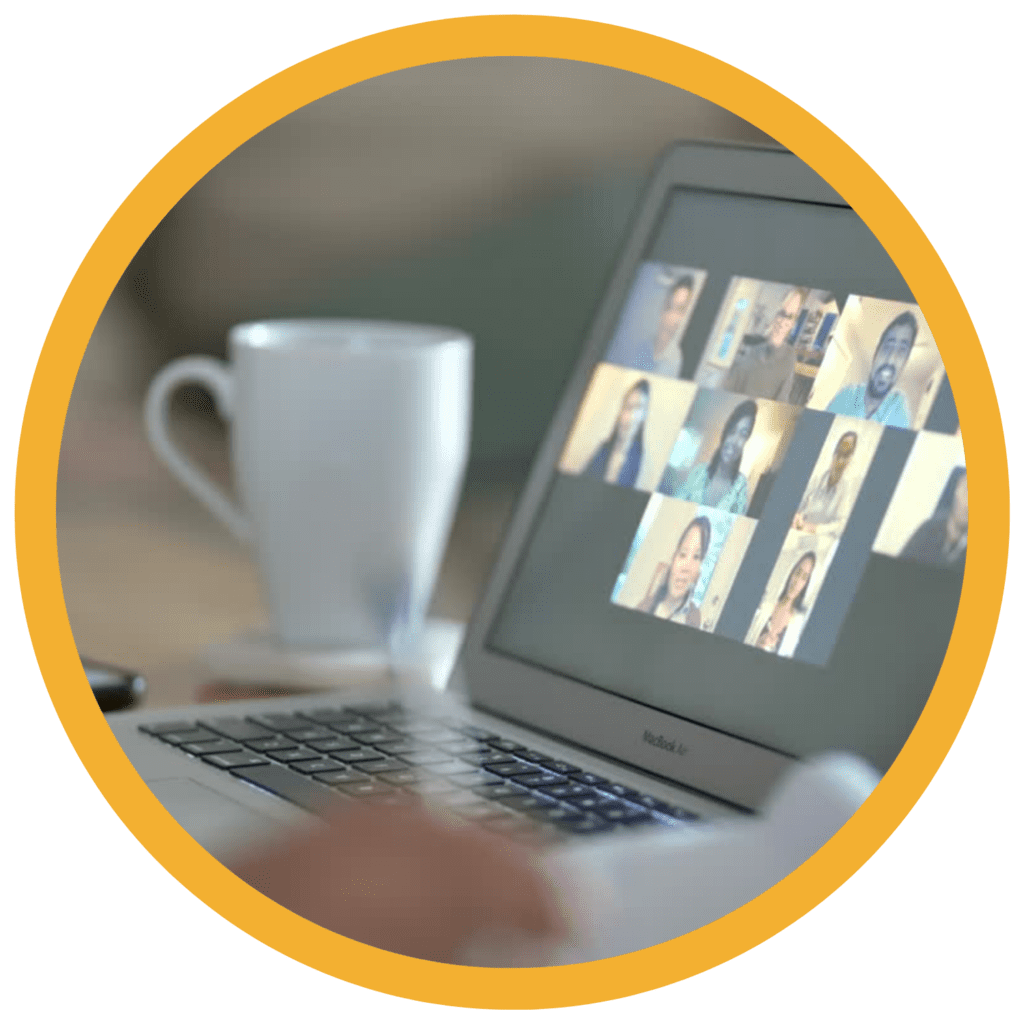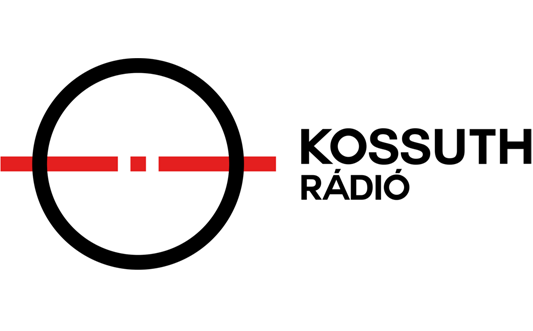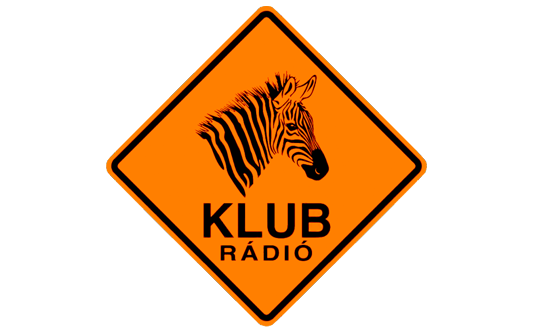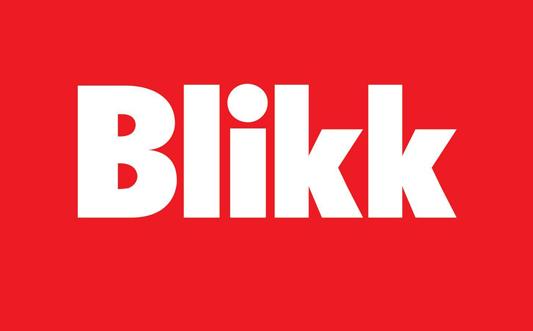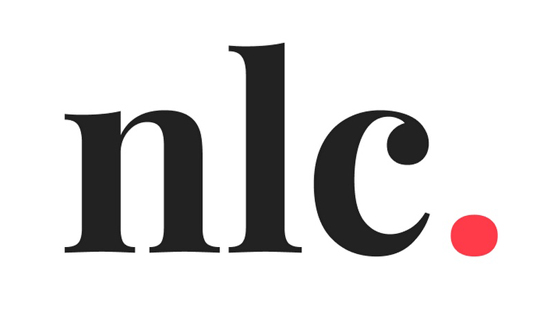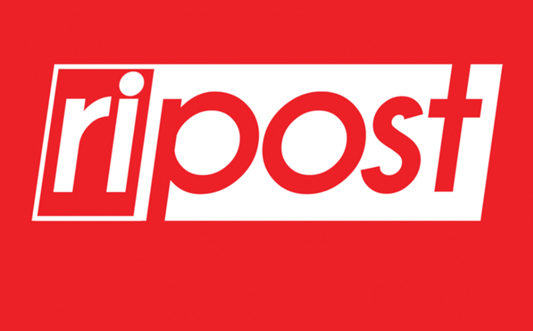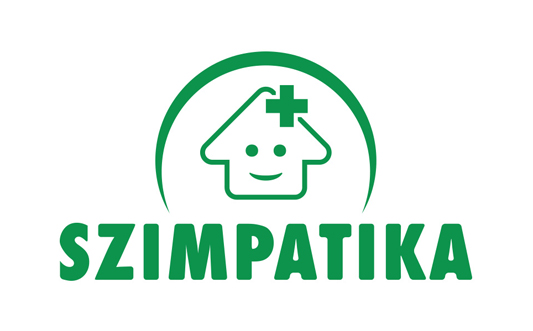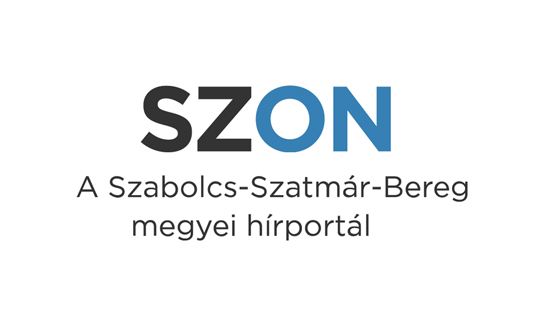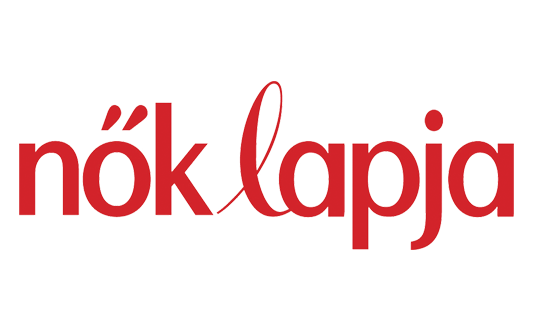We help you regain your freedom of movement
so that you can return to your normal everyday life
In case of Stroke, Parkinson’s disease, Multiple Sclerosis/MS, brain injuries, other neurodegenerative changes and peripheral nerve injuries
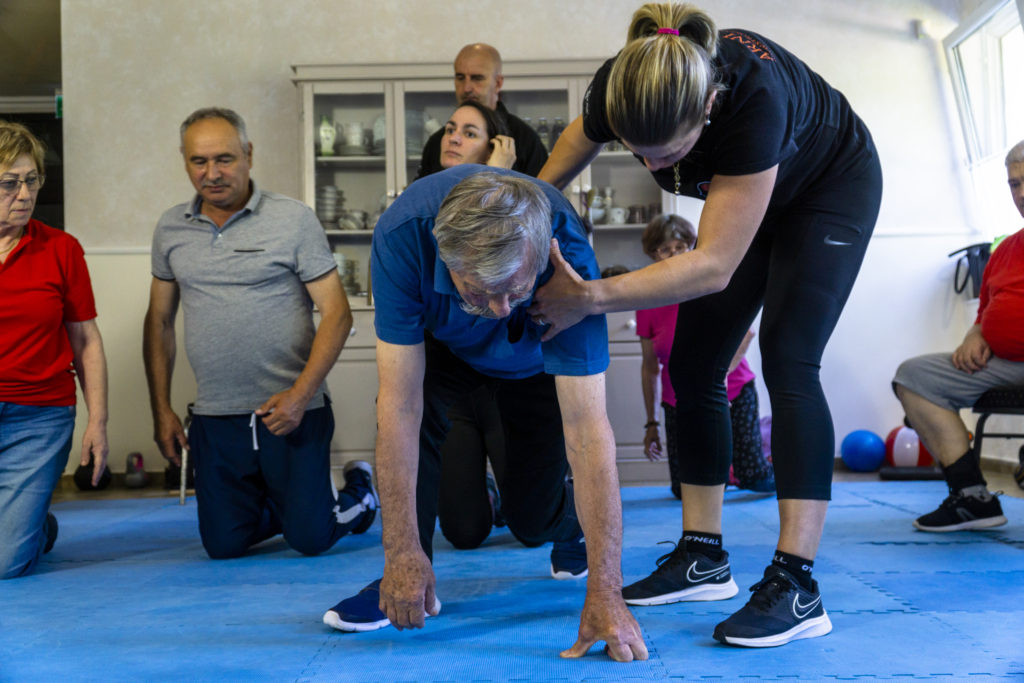
If, no matter how, the central nervous system suffers damage, everyday life is ruined.
You feel like – and it does seem like sometimes, that nothing will ever be the same again, since the affected person needs constant supervision and help in everything he/she does.
Whatever the cause of the disease or trauma may be, without expert help, not only the affected person, but the entire family will be overwhelmed in one way or another by the burden placed on them.
That is why I decided that I must bring the ARNI method – by which we can give you back the feeling of a free, independent life – to Hungary
After a Stroke, everything changes in an instant.
Both of you feel lost and helpless, you don’t know what awaits you, who you can turn to for help. You became physically, spiritually and financially vulnerable.
Ordinary human communication becomes impossible suddenly. You can hardly talk about anything anymore with each other.
The survivor cannot express himself/herself, cannot find the words and even if the words do finally come, they don’t translate to what he/she actually wanted to say.
The survivor withdraws and shuts down, torments himself; is angry, desperate, nervous and frustrated. He wants to lash out at someone – and sometimes he really does lash out.
You two drift apart completely. You feel that you don’t deserve this after giving up your whole life for Him.
On the other hand, he is desperate and angry that he’s become vulnerable, that he is unable to do the task he’s done so easily before. This makes it even more difficult for him to speak about what he needs and how he feels. He is impatient with himself and with you. He is overwhelmed by the fact that he needs help even with the most basic tasks.
He wants to tell you. But you just can’t understand what he wants to say even if you listen and try your very best. This makes him even more nervous and angry. And in the end, you are the one hit by all this frustration and bitterness.
You suffer from the physical pain of nursing him: your back hurts, your arms and legs hurt, you feel like even your brain hurts sometimes. By the evening, you feel like you are the one in need of medical help.
Everyone gets more and more anxious. The tension and anger slowly turn into apathy. You start to give up that you will ever have your normal life back again, as your Survivor needs 24-hour supervision and care.
Your social life ceases. Your friends grow more distant, they disappear.
The survivor is increasingly lonely and isolated. He is moody and depressed. And with that, he drags the whole family down alongside him.
You start to dread when he will give up…
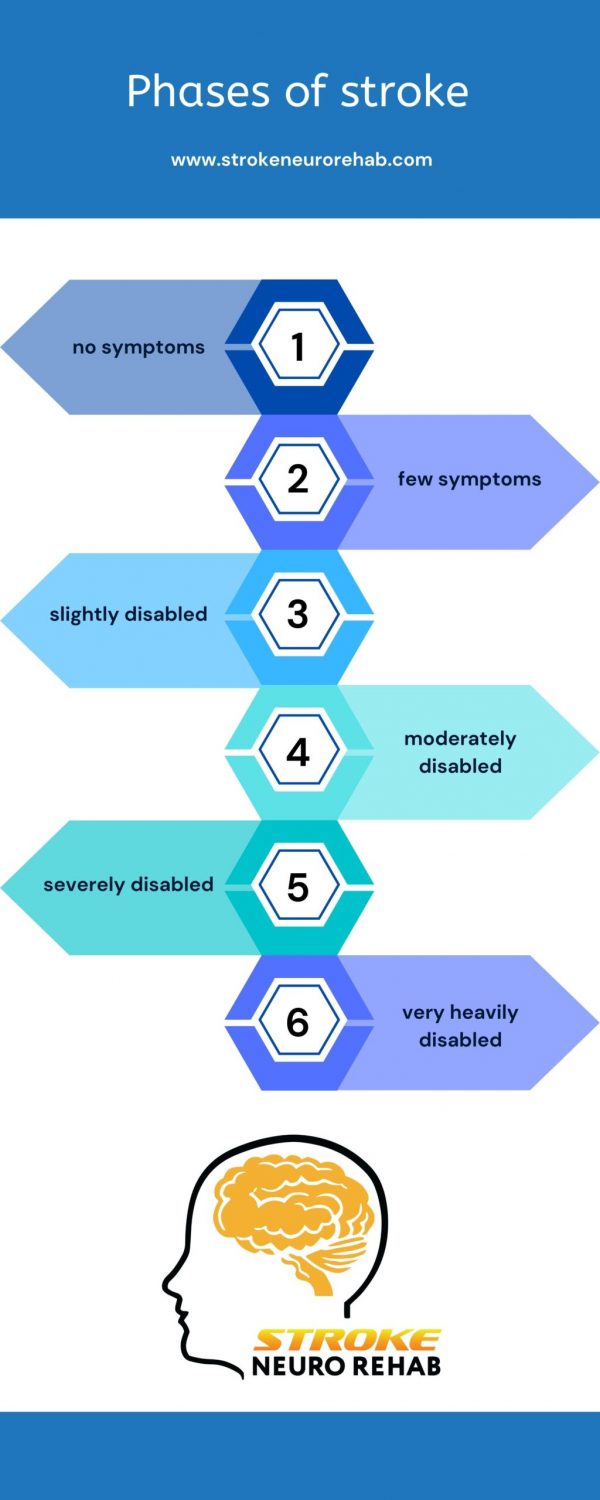
The situation brings immense pain for everyone involved.

You would do anything to make it better. Anything for even a little improvement.
And you do. You do your best and even more.
You try everything. You are ready to go any length, you and him both.
He would do anything to finally be able to walk on his own, unaided and free.
And sometimes you do see a little improvement, a little progress in his condition. Yet you are afraid, because you know that He is terrified of having another stroke.
You are both terrified because you know that almost no one survives the second stroke. He is afraid that it will get worse, that his condition will not improve.
You are afraid because improvements come slowly, so very slowly, and you don’t know if he has left the strength to endure or he will give up…
Because every single day is a fight for survival.
You see that the fight took a great toll on him: he has aged mentally, he is broken, crippled by his condition and anxiety. You feel like you’ve lost him in your everyday life.
You've gone from family member to caregiver, and it's mentally and physically draining.
You are afraid because you are getting exhausted yourself and has almost no life left outside of caring for him.
You want to live a normal life again so badly, to go on trips, to dance, to be with your family. He wants to be able to drive again and be able to take care of himself on his own.
Every day you know that you would be the happiest if he could live a full life again. If you could see him combing his hair or brushing his teeth alone again.
You would give anything to see him LIVE again.

I know it would be priceless for you to see him recover.
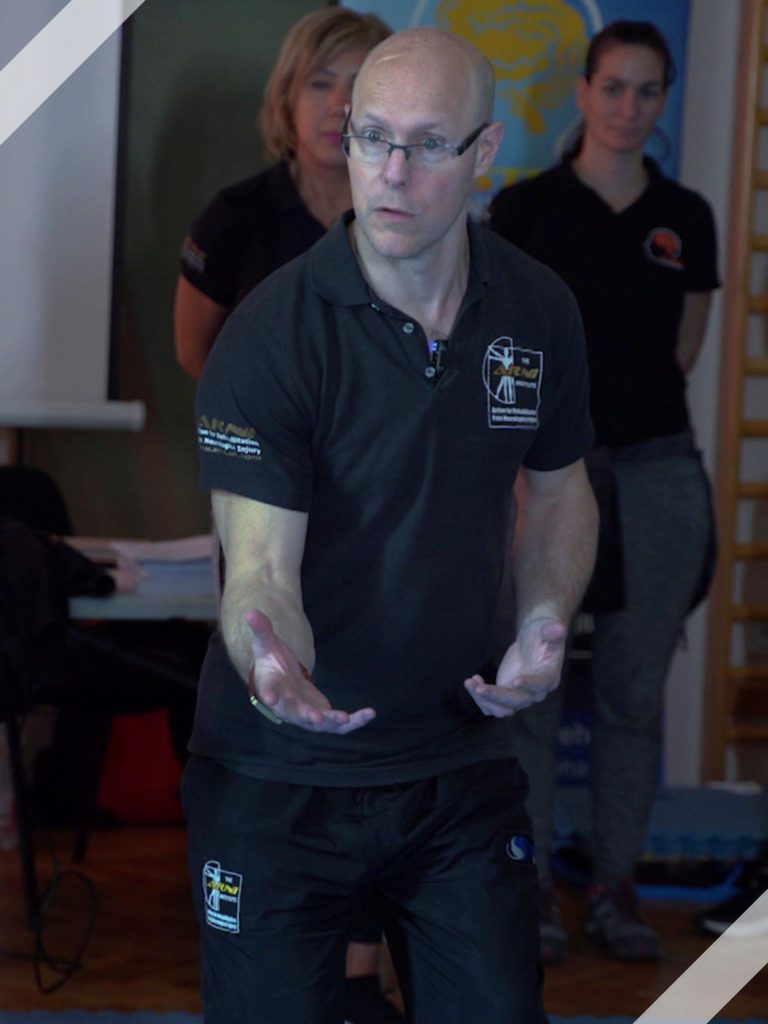
That’s why I’m going to tell you a story. A True story.
Once there was a young boy. His name was Tom. He barely came of age when he had a stroke back in 1997.
Tom’s left side was completely paralyzed. He had barely became an adult, and his normal, happy life was already over. Everything fell apart at once.
In this case, most people would’ve given up, withdrawn and shut down. They would wonder why them? Why so young? Why did it have to be this way? How could it be undone?
But Tom refused to succumb to despair.
He didn’t give up. He wanted to get better and heal. He wanted to live life to the fullest, wanted to rehabilitate himself and was looking for ways to get back on his feet.
And he wasn’t just looking for it – he did find the solution.
He began to develop a method: his rehabilitation was a novel combination of self-defense sports, muscle building with weights, and mental/self-management training.
Tom stood back up on his feet.
After the stroke, he regained almost all his functional movements, tripled his physical strength and has been continuously improving himself and his technique for the past 20 years.
This three-part combination that he used to heal himself is now used as a clinical evidence-based rehabilitation method for the rapid and effective development of stroke patients.
This method was named ARNI from Action for Rehabilitation from Neurological Injury.
I brought you this method from England, from Tom himself. With the ARNI method, we help you and the affected person to live a full life, just as before. We help you to move and walk freely, drive a car, work, spend time with family, go on trips – or even have an intimate relationship again.
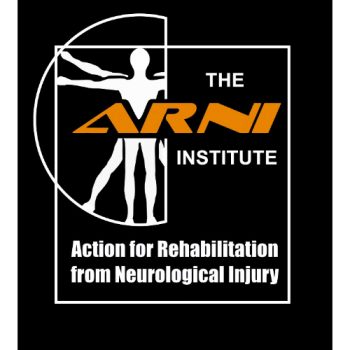
People from ARNI
With the ARNI method and by participating in the trainings, you can break free from:
- the physical pain associated with caring for the survivor
- the mental burden
- the strain the situation leaves on your nerves and psyche
- despair and hopelessness
- struggle of running after any help you can get which eats up your time – we provide you with practical and comprehensive help
- running in unnecessary circles
- the caregiver role – you can be with each other as partners again
- aimlessness
- the recovery reaching and getting stuck at a plateau (plateau = the recovery stops at a level and can’t be improved any further even with great effort)
With the ARNI method:
- you can achieve fast and efficient improvement
- regain the freedom of movement
- the survivor can walk alone even after only 1-2 sessions in some cases
- we work with a special method, so the results far exceed the effectiveness of hospital treatment. ARNI focuses on how to retrain both the brain and the body for the best and fastest recovery possible.
- you get applicable, practical knowledge
- you get hope
- we teach you how to take care of the survivor efficiently without getting overwhelmed yourself until he can reach self-sufficiency again
- we help the survivor to regain his confidence
Action For Rehabilitation from Neurological Injury (ARNI) is an international charity institute that provides indispensable help to stroke victims in overcoming the effects of stroke mainly through the use of self-rehabilitation, task-oriented, specific functional training and individual coping strategies.
ARNI is an institute specializing in dealing with the rehabilitation of neurogical injuries. Its goal is to provide stroke survivors with an opportunity to overcome the consequences of brain injuries.
Why chose the ARNI method?
It is very common for someone who’s had a stroke to not know how to proceed when the hospital/clinical rehabilitation and treatment ends, as they often don’t get enough information about what to do to improve their condition further. Most people want to be as independent as possible, but this requires more support than they usually can get in these facilities. Survivors need evidence-based, innovative and personalized training strategies, low-cost aids and professional support to help them return to their normal, active lives.
ARNI is exactly one such method that has been continuously improved over the past 20 years.
- ARNI certified trainers provide similar training worldwide.
- The ARNI method shows how to achieve your set goal positively and with the right technique.
- ARNI is up-to-date, evidence-based, and it improves problem-solving and self-monitoring skills.
- ARNI is a personalized training program that ensures individual progress and encourages the continuous exercise of the learned techniques at home.
One of the biggest fears of stroke survivors is falling. We’ll teach you how to get down and get up off the ground, how to improve your balance, avoid sudden situations on the street and use the injured side as much as possible.
The ARNI method places great emphasis on the rehabilitation of the upper limb. During rehabilitation an exercise program must be developed that works for the individual and tools need to be provided to help the survivors help themselves. The degree of the improvement achieved depends on the creativity of the survivor and the ARNI Trainer.
What is the added value with ARNI?
- It fills the gap that follows after completing the hospital rehabilitation.
- It disproves the misconception that stroke survivors cannot walk or use their hands.
- It shows stroke survivors that they are capable of Self-Training.
- It shows the stroke survivors that they don’t have to think of themselves as permanently disabled.
- ARNI provides a customized training program aimed at achieving independence through a combination of relearning lost functions and other valuable interventions.
- The essence of the ARNI method is that it uses a variety of techniques, and when its used correctly, it improves mobility, range of motion, action control, strength and confidence.
- The psychological benefits are just as important. The improvements achieved through the ARNI method restore confidence and hope, and with this positive mental state, stroke survivors can achieve far more than they’ve ever imagined.
The Goal: Achieving independence through early mobility.
ARNI’s motto:
- Use it or you’ll lose it! If there is a will, there is a way!
- Use it and improve it! Whit practice it will get better.
- We have to practice what we want to improve! With a really high number of repetitions to create changes in the brain. Our goal is to prove to stroke survivors that their recovery can be successful with the help of the ARNI method.
- By consciously directing their movements, they can return to everyday, active life much sooner as ever more results are being achieved in restoring the functions of the lower and upper limbs.
With ARNI, the survivor receives a tool, a strategy that teaches what to do to get better.
How can we help you?
Központi idegrendszert ért sérülések esetén
Although there are several different methods for the rehabilitation of people with central nervous system injuries, ARNI is the only method that brings rapid and spectacular improvement.
Continuous improvement requires feedback, we are in constant conversation with the patients who have embarked on the path to recovery with the ARNI method and with our help.
We asked them what the ARNI method gave them and whether they would recommend it to people in the same predicament.
„I think this is the light at the end of the tunnel. I think there is no other option. If this training hadn’t happened, I don’t know what would have happened to me. I might still be in a wheelchair. Or maybe I would have died.”
“Everyone should use it, because it is hope for survivors who only see a hopeless future ahead of them.”
“All I can say about it is that it is very well developed and complex. It’s completely result-oriented, so it will help you recover if you do it.”
“It’s an effective method, you just have to keep doing it. You can improve a lot with the help of a specialist. And you need help, someone who leads you through it.”
I recommend it to everyone. You must understand that it’s a continuous effort. This is a special exercise that was invented by an English survivor who had a stroke himself and then developed this method, came back around and lives life as healthy people.
„I recommend it to everyone who has not yet participated in ARNI training. And keep in mind, I have laid in bed paralyzed for several months before I reached this level with ARNI. So believe me when I say this, no matter how old you are, ARNI’s worth doing, because it brings a huge improvement in a person’s life and especially in health. It improves the quality of life.”
“All I can say is that we can talk about this for as long as we want, but ARNI just must be tried. Because everyone can say whatever they want, but ARNI is really very effective. You just have to try it and do it.”
Life is fleeting. Every single day that we spend sick is wasted time, especially if there is even the tiniest hope of recovery.
During my work, I saw countless joyful moments that were decisive in the life of the survivor and his family.
Every single person should be able to have freedom of movement
Excursions, dancing, laughter, family programs, driving a car…
Don’t let your happy, loving family life settle into one where you both live your life as patient and caregiver.
The ARNI method can change your whole life if you want it too! It will give you a future and hope!

I would like to request a phone consultation in order to receive personalized help for the most effective recovery

Frequently asked Questions
The aim of the workshop is to introduce as many stroke survivors as possible to the effective practical method and positive achievements of ARNI, which can greatly contribute to their early and complete rehabilitation.
You can register for the current camps in the camp menu via e-mail.
Since 2021, it has been possible to apply for outpatient training, which include 4 days a week. (Monday/Tuesday/Thursday/Friday)
Once a year, it is possible to apply for Stroke Neuro Rehab ARNI trainer training. Further information can be found under the Advanced course for physiotherapists menu.
The issue is complex, but high blood pressure, higher blood fat levels, diabetes, a low-activity lifestyle and arteriosclerosis definitely play a primary role in it. The background of cerebral hemorrhage (hemorrhagic stroke) is most often the rupture of small cerebral arteries damaged in connection with diabetes and high blood pressure, and the direct cause is most often a sudden spike in blood pressure. In addition, cerebral hemorrhage can also be caused by a congenital abnormality of the cerebral vessels, which have a high tendency to rupture and bleed.
The greatest improvement in the patient’s movement can be expected in the first six months as a result of intensive rehabilitation. Improvement is very fast with our technique.
After intensive rehabilitation, which can take place in hospitals or at home as part of home care, one must not stop regular exercise, because then the chance of developing spasticity (increased muscle tone) and contractures (joint stiffness) increases. One should not give up hope even after half a year, because a small improvement may occur even after that.
The relatives, and even the well-communicating patient, can learn how to perform physical therapy by themselves, so the patient’s rehabilitation can be continued at home without a specialist. But even in such cases, it is necessary to ask the opinion of a physiotherapist or rehabilitation specialist from time to time, so that the exercise routines can be modified according to the patient’s change in condition.
Acupuncture and acupressure can also have a beneficial effect, especially in relieving muscle stiffness, which also affects movement development.
It is important that the stroke survivor should be encouraged and cared for, because rehabilitation cannot be effective without the patient’s cooperation.
During active physical training, the patient tries to use his limbs on his own, while during passive physical training, the physiotherapist or a relative moves the patient, reducing the chance of developing joint stiffness. Both have an important role in rehabilitation.
It is important that only the patients who cannot initiate urination and empty their bladder in any other way, should have a permanent bladder catheter. In the case of a cooperating patient, bladder exercises can help to restore urinary control, but unfortunately, only a handful of centrums and trainers pay adequate attention to the matter. In some rehabilitation centers, regular electrical stimulation of the bladder is carried out, with which the function of the sphincter muscle and thus urinary retention can be improved.
It is important for the survivor to feel useful even after the stroke. It is important that even if he has a permanent mobility impairment, you still involve him in some tasks at home. A survivor with light impairment should move and work as much as he is comfortable with, as long as he does not get himself too exhausted. Of course, heavy physical work, and work under direct, hot sun should be avoided, But by no means should you ban him from work!
Occasional seizure related to stroke (which occurs immediately after the onset of the stroke within 1-2 hours – 1 day) is common. It should be treated by managing the particular seizure, and the condition should be treaed as epilepsy only if the seizures recur several times.
The development of post-stroke epilepsy usually occurs after 5-6 months, and affects approx. 20-30% of all cases. Keep in mind that the condition is manageable and can be made seizure-free by taking regular medication.
One of the most complex functions of the human brain is speech, the regulation of which heavily involves several brain centers. If any of these are damaged, speech impairment or speech comprehension disorder may occur depending on the degree and severity of damage (aphasia). Sadly, speech improvement is the slowest and its outcome is the most unfavorable.
BUT stroke recovery is different for everyone. It is important to encourage the survivor and practice a lot. The involvement of a speech therapist can also be very useful.
Repeat and practice repeat and practice. Consistent rehabilitation practice is essential for stroke recovery. One needs to regain experience of movement in order to improve in the execution. The more one practices, the faster and more significantly the movement improves. Every stroke is different so every recovery is different. What works for others may not work for you, or maybe it works for you even better. You never know until you try. Experimentation is the key to success.
Új, nemzetközileg elismert és bizonyított technikával /ARNI/ segítjük a rászorultak rehabilitációját. Célunk, hogy minden érintett otthoni környezetben tudjon az akut stroke osztály elhagyása után rehabilitálodni, ezért 3 havonta tartandó nagy Workshopokon megtanítjuk a túlélőket és hozzátartozójukat a helyes technikára, felállítunk egy személyreszabott kezelési tervet, amit ezután saját otthonukban gyakorolnak tovább. E mellett trénereink igény szerint nyomon követik és segítik a rehabilitációt. Hisszük, hogy ezzel a módszerrel minél több túlélőnek élhetőbb, méltóságteljesebb és örömtelibb életet nyùjthatunk Magyarország szerte…
- +36 70/388 0697
- Budapest, VIII. Apáthy István utca 12.






